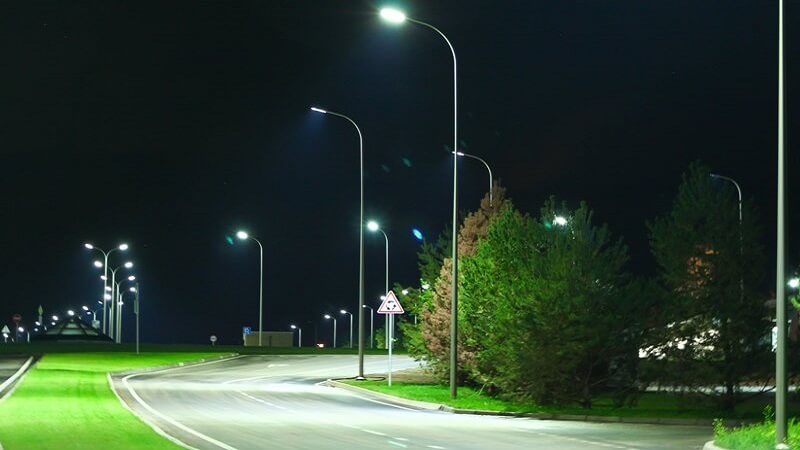Introduction
LED streetlights have become widespread in the lighting market. Because they provide both energy efficiency and durability with low operational costs. These technological devices share the same potential operational problems. Which shortens their anticipated durability. The article details difficulties that affect LED street lights and solutions for issues.
1. Flickering or Flashing Lights
Causes:
- Voltage fluctuations in the power supply.
Failed LED drivers with mismatched dimming systems constitute root causes of system failure.
- Loose wiring or faulty connections.
Solutions:
- A stable power supply must be sustained by using suitable voltage regulators.
- The installation of high-quality LED drivers must be smooth. Especially for systems that need compatible lighting designs.
- Electric connections must undergo inspection. While ensuring proper security of all units like in the case of Cobra Head Street Light.
2. Dim or Uneven Illumination
Causes:
The declining brightness of LED chips occurs during their period of aging.
- Dirt and debris accumulation on the light cover.
- Faulty or degraded power supply.
Solutions:
- The maintenance of LED brightness is possible. Mainly through new module replacements for outdated ones.
- Professional cleaning services are used to clean dust and debris from the fixtures.
- The power supply components needing replacement should always be checked.
3. Overheating Issues
Causes:
- Poor heat dissipation due to blocked ventilation.
- Inadequate heat sink design.
- High ambient temperatures in the installation area.
Solutions:
- The installation of LED devices uses heat dispersion systems. Along with their appropriate lighting mechanisms.
- The installation of heat sinks should go hand in hand with airflow maintenance.
- The installation of street lights using LED bulbs must not be done in closed locations. Especially that lack proper ventilation.
4. Water Ingress and Moisture Damage
Causes:
Wet conditions enter because of improper housing sealing or the presence of housing cracks.
- Poor-quality waterproofing materials.
High moisture levels inside environments negatively affect the electronic features of internal components.
Solutions:
- LED lights should be selected with IP65 or above ratings. To achieve better water resistance.
- Users should inspect the fixture for cracks. And then apply proper sealing materials at the required locations.
- Adequate drainage systems need installation surrounding light fixtures. Mainly to avoid water buildup in the area.
5. Connectivity and Control System Failures
Causes:
Broken sensors and communication failures within smart LED systems are some of the causes.
- Software bugs or outdated firmware in remote-controlled lighting.
The performance of IoT-connected lights deteriorates because of poor network signal interruptions.
Solutions:
- Control software and firmware updates should occur frequently to resolve bugs.
- Senior staff should maintain sensor functionality to achieve peak operational performance.
- Stable network connectivity must be guaranteed for every smart LED street light system.
Conclusion
Many advantages go with LED street lighting. But the systems sometimes encounter flickering lights together with dim lighting. Heat issues and water damage and reduced operational life and connectivity difficulties. Maintenance with proper setup combined with premium components selection is important. It enables the prevention of system problems which prolongs operational life and performance.
